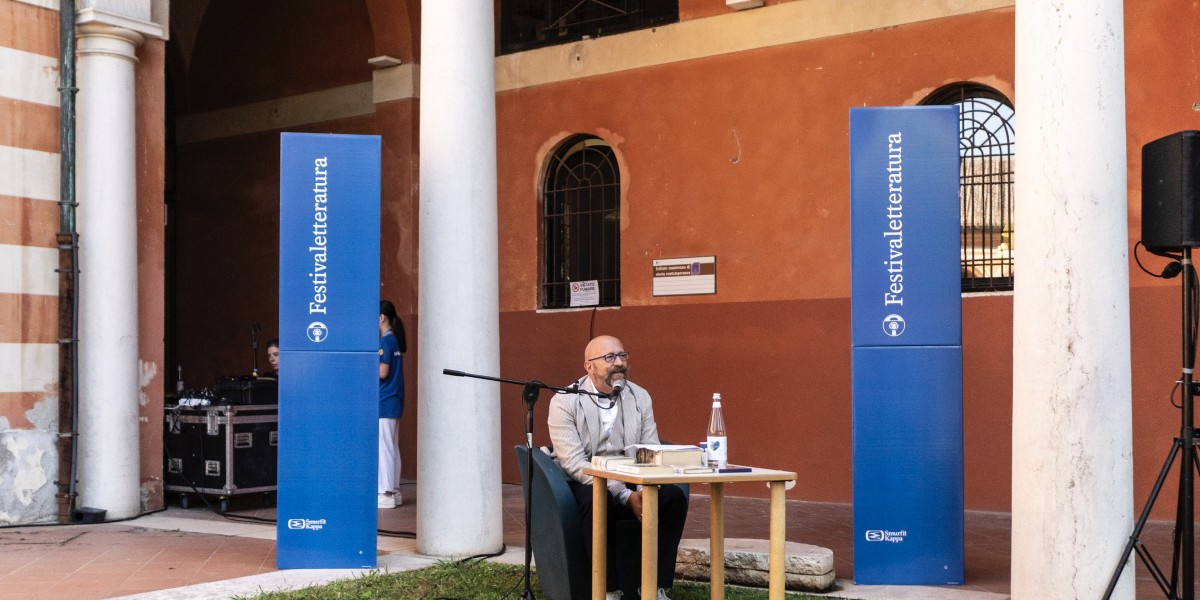
Macaroni eating through the ages
In a captivating exposition of culinary history, Luca Cesari, a distinguished historian and food critic, takes us on a delectable and erudite exploration of what is arguably Italy's most iconic culinary contribution: pasta. Against the backdrop of the peaceful lawn of the Baratta Library in Mantua, Cesari led an attentive audience on a delightful journey spanning literature and cookbooks.
Pasta is mentioned as far back as Horace's Saturae, where it emerges as a robust and cost-effective food often paired with chickpeas and leeks. Celsus, a medical authority of his time, hailed it as a gentle nourishment, ideal for convalescing from orthopaedic ailments. Subsequently, medieval chronicles recount pasta consumption, predominantly by ravenous friars, predisposed to gluttony and indulgent carbohydrate feasts.
Fast forward to the 17th century, when the influences of French cuisine made their mark: pasta began to appear on tables baked as timballi (pies), and garnished with an array of cheeses and spices. It metamorphosed into a savoury and sweet delicacy, as deftly portrayed by Giuseppe Tomasi di Lampedusa in his novel Il Gattopardo.
Pasta is quoted extensively by Pellegrino Artusi, author of the first Italian cookbook in 1891 and editor of the subsequent fifteen versions. At age 71, he self-published his work – all publishers had rejected it. It was an amazing success. He spent his last years mailing recipes back and forth with cooks across the Nation, expanding and revising his book. Cesari amusingly dubs him the "first food blogger in history."
Cesari also delves into a quintessential Italian culinary masterpiece, strangely absent in its native land: spaghetti and meatballs. The earliest known reference to this dish comes from Charles Francatelli, a British chef of Italian heritage, who served the English Royal Family from 1840 to 1842. It was later codified by an Italian-American chef, Jack Cusimano, in his 1917 tome, The Economical Italian Cookbook. Intriguingly, Ada Boni's work, Il Talismano della Felicità (1950), the ultimate Italian cookbook, omits any mention of this dish, yet the American edition proudly incorporates it. The translator felt compelled to include what he deemed the epitome of Italian gastronomy.
Finally, we need to give a mention to the guest appearance of spaghetti and meatballs in Walt Disney's Lady and the Tramp (1955). It serves as a testament to the peculiar interplay of history and identity, exemplifying how culinary traditions can evolve through unexpected channels. In conclusion, Cesari leaves us with a sage piece of advice: "Beware of gastropurists, those who insist there is only one immutable way to prepare a dish. The allure of cuisine lies in its adaptability across time and space."



